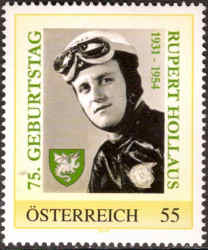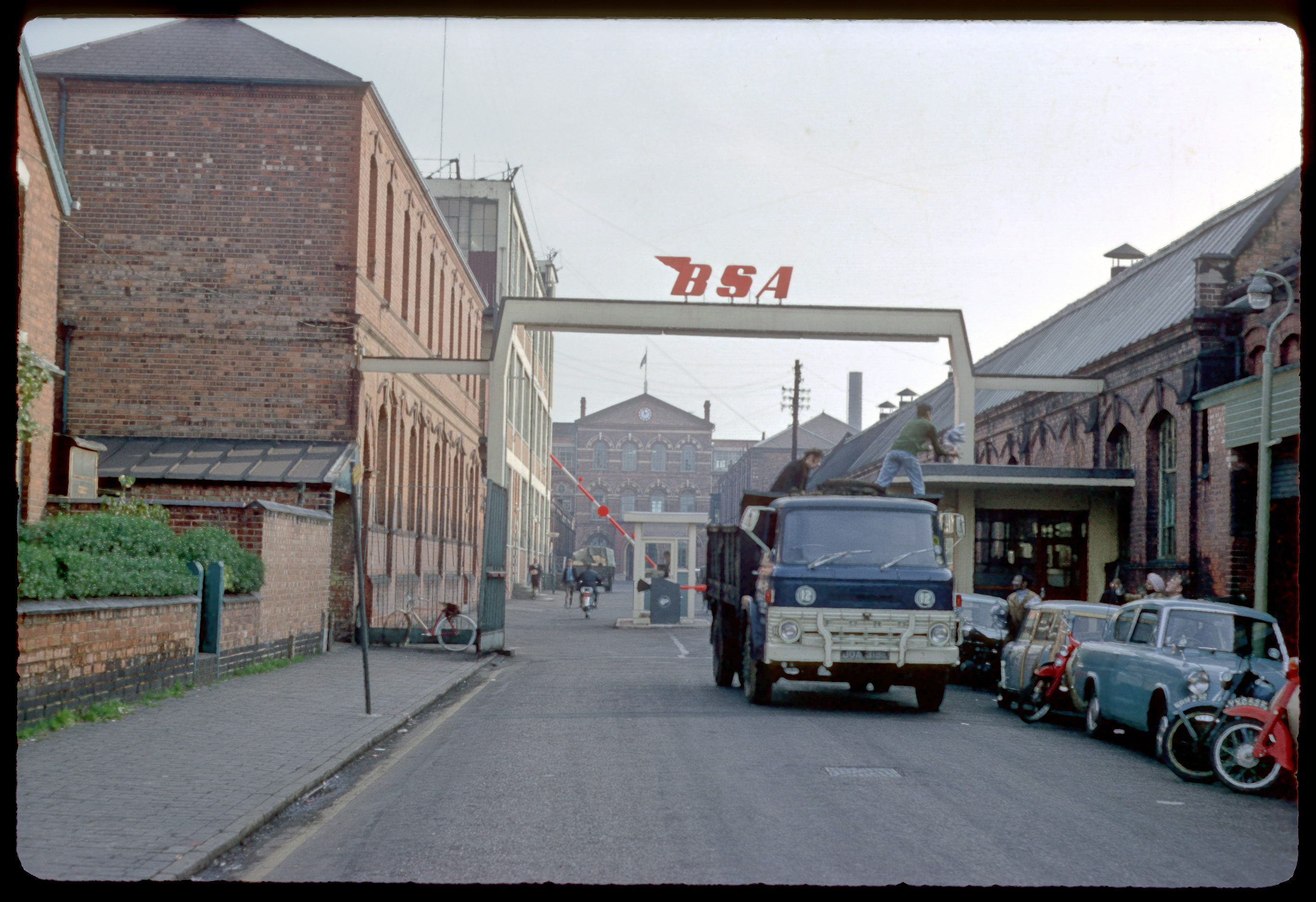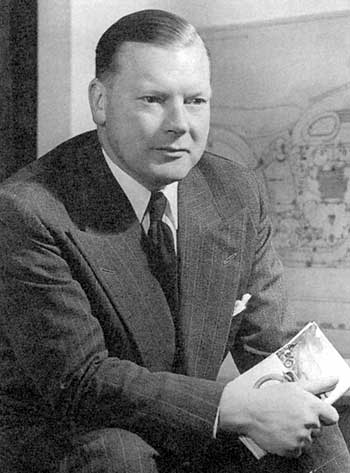







Austrian Rupert Hollaus wins the 250cc Class Swiss Grand Prix at Circuit Bremgarten in Bern, Switzerland.
Hollaus dominated the 1954 125cc Class by winning the first four Grand Prix aboard his NSU Rennmax Twin. Tragically, on September 11, 1954, Rupert Hollaus was killed during practice for the Italian Grand Prix at Monza. He became the first posthumous World Champion in 1954, in the 125cc Class and was runner up to his NSU team-mate, West German Werner Haas, in the 250cc Class.
He is the only Austrian to win a road racing World Championship.
The Circuit Bremgarten was built as a motorcycle track in 1931 in the Bremgartenwald (Bremgarten forest) in the north of Bern. The circuit itself had no true straight, instead it was a collection of high-speed corners. In 1934, it's first auto race claimed the life of driver Hugh Hamilton. In 1948 it claimed the life of Italian racer Achille Varzi. From Day One, Bremgarten's poorly-lit, tree-lined roads and dramatic changes in road surface made for an extremely dangerous track, especially in wet conditions.
Bremgarten has not hosted an official motorsport event since 1955, when spectator racing sports, with the exception of hillclimbing and rallying, were banned in Switzerland following the 1955 Le Mans disaster.
The Circuit Bremgarten was built as a motorcycle track in 1931 in the Bremgartenwald (Bremgarten forest) in the north of Bern. The circuit itself had no true straight, instead it was a collection of high-speed corners. In 1934, it's first auto race claimed the life of driver Hugh Hamilton. In 1948 it claimed the life of Italian racer Achille Varzi. From Day One, Bremgarten's poorly-lit, tree-lined roads and dramatic changes in road surface made for an extremely dangerous track, especially in wet conditions.
Bremgarten has not hosted an official motorsport event since 1955, when spectator racing sports, with the exception of hillclimbing and rallying, were banned in Switzerland following the 1955 Le Mans disaster.
During the 24 Hours of Le Mans a crash caused large pieces of debris to fly into the crowd. Eighty-three spectators and driver Pierre Levegh perished at the scene with 120 more injured in the most horrific accident in motorsport history.
Today in motorcycle history proudly supports the National Association for Bikers with a Disability (NABD). www.nabd.org.uk




























